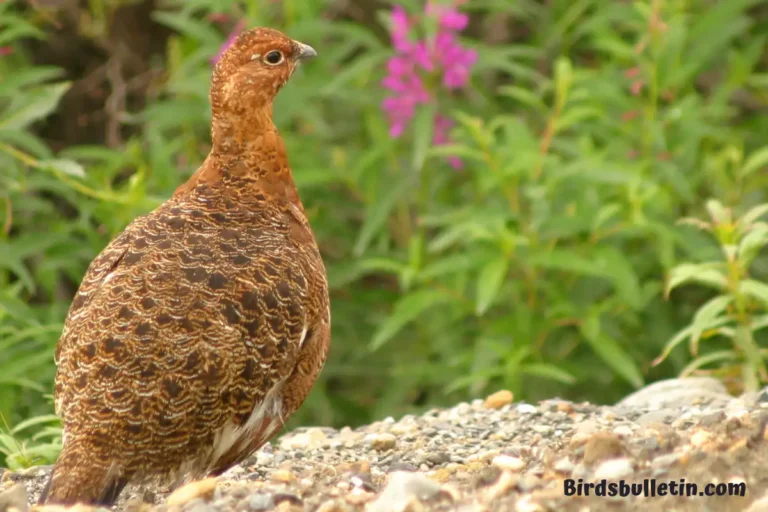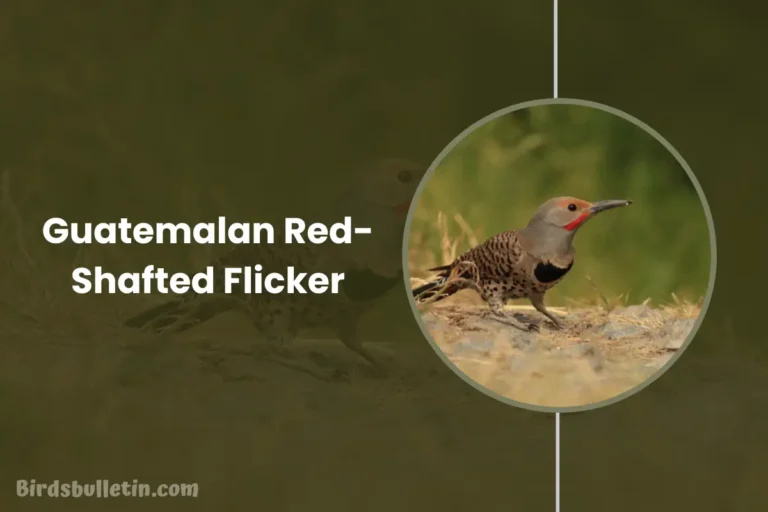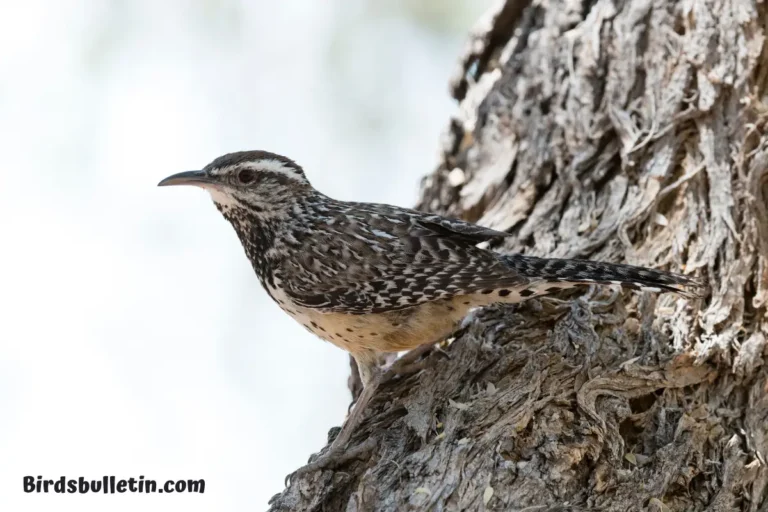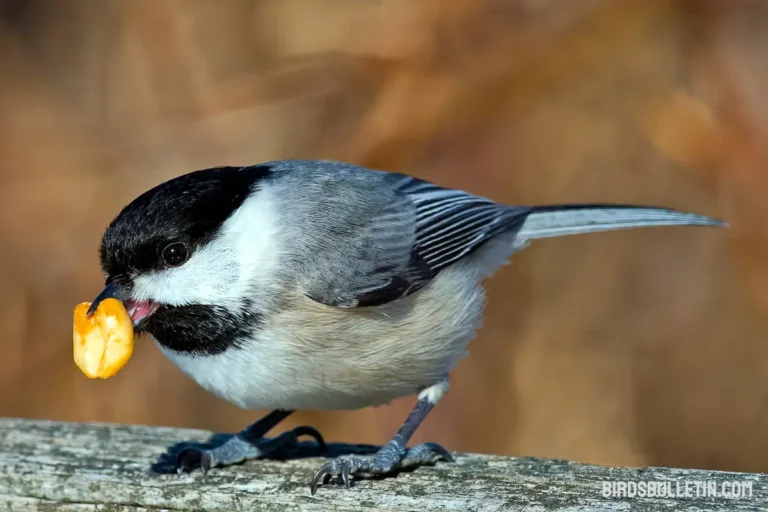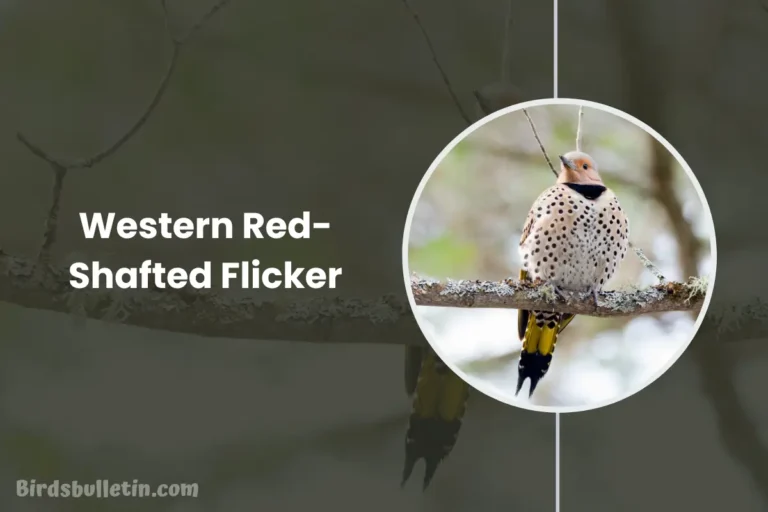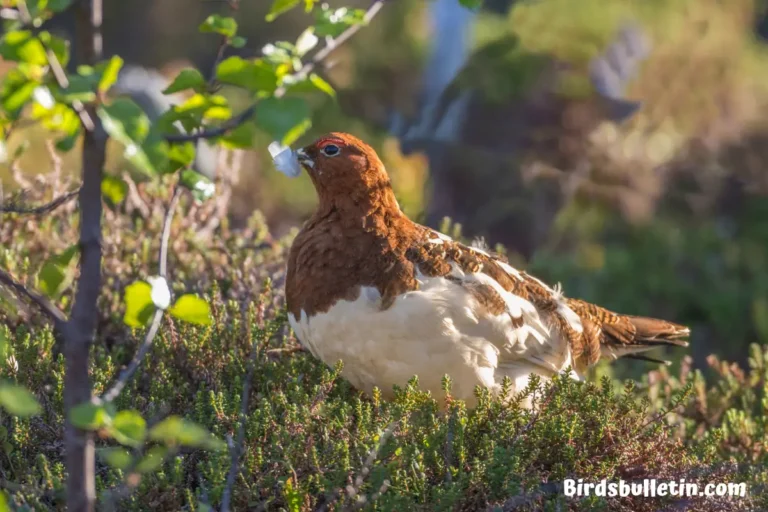What Do Cactus Wren Eat?
The cactus wren is well-adapted to surviving in the harsh desert environments of the American Southwest. These resourceful birds have evolved to take advantage of the limited food and water sources available in their arid habitat. Their diverse diet and flexible foraging behaviors allow cactus wrens to thrive.
They are omnivorous, feeding on a wide variety of both plant and animal material. Their diet includes insects, spiders, small lizards and snakes, fruits, seeds, nectar, and even young birds and eggs on occasion.

By not relying on any one food source, cactus wrens are able to adapt to the fluctuating seasonal and annual availability of food in the desert.
Want to learn more about birds food and diet:
Favorite Foods of Cactus Wern
Cactus wrens eat a wide range of foods depending on availability. Some of their favorite foods include:
| Food | Details |
|---|---|
| Insects: | Beetles, grasshoppers, caterpillars, ants, bees |
| Spiders: | Variety of spiders and scorpions |
| Fruits: | Prickly pear, cholla cactus fruit, yucca fruit |
| Seeds: | Grasses, shrubs |
| Nectar: | Agave, ocotillo, palo verde |
| Small Vertebrates: | Lizards, snakes, rodents, eggs, nestlings |
Foraging Behaviors
Cactus wrens have adapted versatile foraging techniques to seek out food in their desert habitat:
- Methodically search crevices in cacti, trees, and rocks for hiding insects.
- Probe dead yucca and agave stalks for beetle larvae.
- Pluck fruits from cactus pads or yucca stalks.
- Extract nectar from flowers using their long bills.
- Capture lizards and small snakes by pinning them to the ground.
- Occasionally raid nests for eggs and nestlings.
- Patrol the ground in open areas for grasshoppers and beetles.
Cactus wrens cover a wide territory searching for sporadic food. Their ability to hunt in trees, bushes, and on the ground allows them to access diverse food sources.
Winter Diet
In winter, cactus wrens expand their diet to make use of seasonal food sources. Key winter foods include:
- Seed pods of dead annuals and dried grasses.
- Fruits and seeds of desert trees like ironwood, palo verde, and mesquite.
- Flower nectar from blooming ocotillo, yucca, and prickly pear cactus.
Cactus wrens supplement their diet with stored food caches from warmer months. Their expandable esophagus allows them to gorge on food when available to build up body fat for winter.
Nestling Diet
Adult cactus wrens feed their nestlings a high-protein diet to fuel their growth and development:
- Caterpillars and other soft-bodied insects.
- Spiders.
- Small lizards and snakes.
- Some seeds and fruits.
The parents make frequent trips to the nest to deliver food items. Nestlings are fed progressively larger prey as they grow.
Frequently Asked Questions
01. How do cactus wrens get water in the desert?
Cactus wrens get most of their water from the food they eat. Juicy fruits and nectar provide a lot of moisture. They also drink rainwater collected in cactus cavities and from ephemeral desert pools.
02. Do cactus wrens drink from bird baths or feeders?
Yes, they will visit water sources provided by humans, especially during the hot dry season. Cactus wrens are shy though and may only drink when people aren’t present.
03. Do cactus wrens migrate due to food availability?
They are predominantly non-migratory, but some populations may move locally based on seasonal food and water resources. Their diverse diet means they usually don’t have to migrate to survive.
04. How do cactus wrens find food?
Cactus wrens use their sharp eyesight to scan for prey movement on the ground. They probe crevices and dig in a substrate to uncover hidden insects, spiders, and lizards. Their excellent memory allows them to revisit productive foraging spots.
Conclusion
With its versatile foraging abilities and expansive diet, the resourceful cactus wren is well-adapted to the harsh desert environment. Flexible feeding behaviors allow it to take advantage of whatever food sources are available in a given season and location.
The cactus wren’s diverse diet provides a great example of how animals evolve strategies to thrive in challenging ecosystems.
References:
- Birds of the World. Cactus Wren Species Account. https://birdsoftheworld.org/bow/species/cacwre/cur/introduction
- Sloan, K. and J. Dudley. 2014. Cactus Wren Diet in the Sonoran Desert. Journal of Arid Environments 105:80-88.
- Wolf, B. and E.K. Batzli. 2004. Forest Edge – High Or Low-Quality Habitat For White-Footed Mice (Peromyscus Leucopus)? Ecography 27:356-364.


